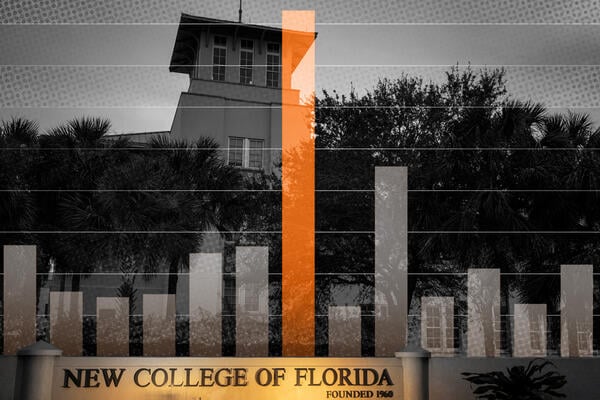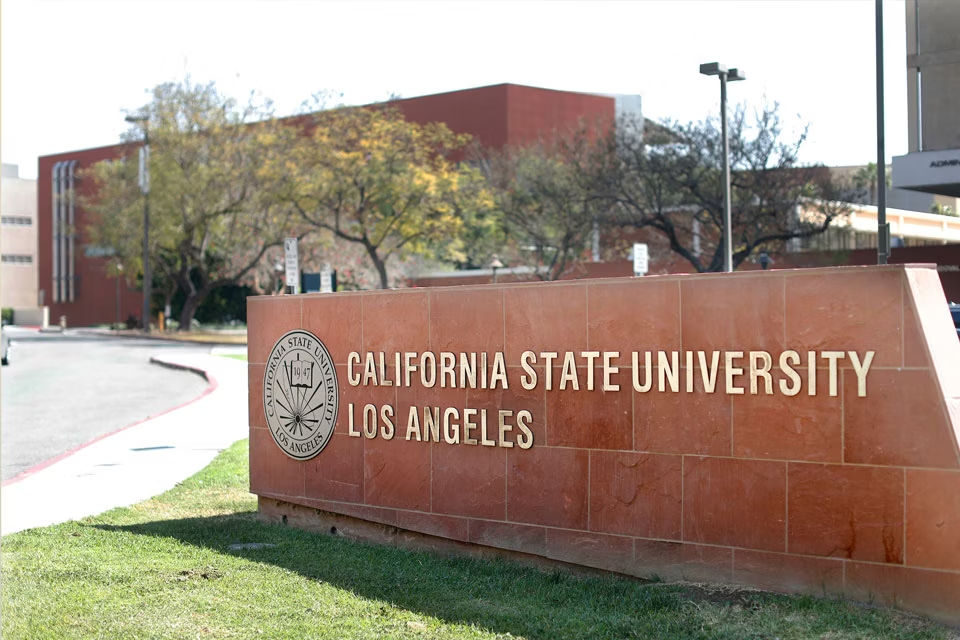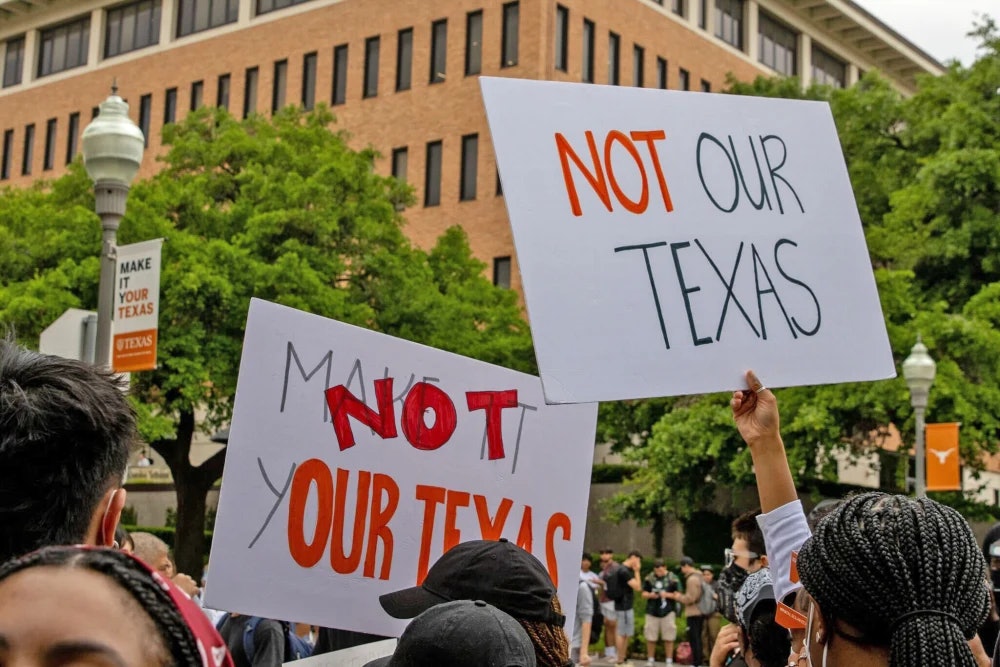Dive Brief:
- Seventy percent of employers nationwide said they have high confidence in higher education, according to a poll released Thursday from the American Association of Colleges and Universities and research firm Morning Consult.
- Three-quarters of Republican employers expressed high confidence in higher education, followed by 70% of Democrats and 55% of independents. That finding contrasts with other recent polls, which show Democrats viewing the sector more positively than Republicans.
- The survey suggests that employers hold colleges in higher esteem than the general public does. Just 42% of adults said they had high confidence in the higher education sector in a poll earlier this year from Gallup and Lumina Foundation.
Dive Insight:
The results from AAC&U and Morning Consult contrast sharply with recent surveys that show the public is continuing to question whether higher education is worth the price. In the new poll, nearly three-quarters of surveyed employers, 73%, said they believe a college degree is “definitely” or “somewhat” worth it.
Meanwhile, a recent NBC News poll found just one-third of registered voters adults agreed that a four-year degree is “worth the cost because people have a better chance to get a good job and earn more money over their lifetime.” That’s down from 53% of adults who said the same in 2013.
The results of the new poll suggest employers want college graduates to have a wide range of skills when they enter the workplace. Applying knowledge to the real world was the No. 1 skill desired, with 95% of employers agreeing that ability is “very” or “somewhat” important.
Similar shares of employers also said teamwork, oral and written communication, locating and evaluating information, analyzing and solving complex problems, critical thinking, and ethical judgment and decision-making were important skills.
In addition, employers indicated they want college graduates to have skills related to artificial intelligence.
More than 9 in 10 of the respondents said AI skills are very or somewhat important. A slightly smaller share, 81%, expressed confidence that colleges are helping students develop those skills.
Employers indicated they’d be more likely to hire graduates who had hands-on experiences in college. When considering such experiences, employers were most likely to say completing an internship or apprenticeship, as well as holding a leadership role, would make them more likely to consider hiring a candidate.
Eight in 10 employers said they’d be very or somewhat more likely to hire someone with those experiences.
Around three-quarters of respondents also said they’d be more likely to hire graduates who participated with a community organization, worked with people from different backgrounds, acted as a peer mentor, held either an on- or off-campus job, or undertook research with the help of faculty.
Microcredentials are also becoming more popular with employers, with 81% saying they are somewhat or very valuable when making hiring decisions. Nearly half of employers, 47%, consider them as “evidence of proficiency for a technical skill.”
However, only 22% of employers view them as a substitute for a college degree.
According to a report accompanying the survey, the results also suggest that employers “strongly support conditions that foster open dialogue, diverse perspectives, and students’ freedom to learn.”
Nearly 9 in 10 employers agreed that “all topics should be open for discussion on college campuses.” And a similar share said they would view a degree more favorably if it came “from an institution known for respecting diverse perspectives.”
Additionally, a little more than 8 in 10 said they would have a more positive view of a degree from an institution “that was not subject to government restrictions on what students learn and discuss.”
The survey was administered online in August to a little over 1,000 employers, whom the survey defined as managers or higher at organizations that employ 25 or more workers. Nearly three-quarters were hiring managers, while the remainder were executives.










